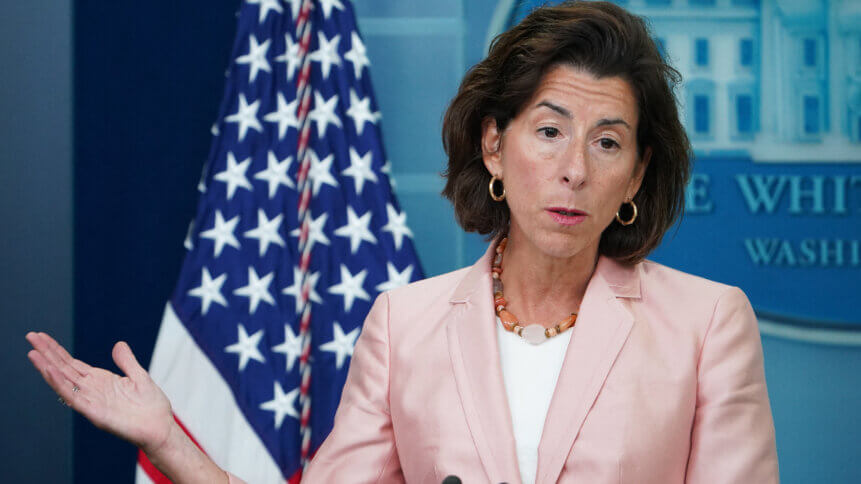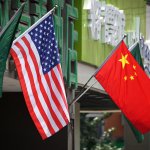Here are the prerequisites for chipmakers receiving US Chips Act funding

We know there is no such thing as a free lunch. For chipmakers in the US, that means that the landmark Chips and Science Act passed last year was always going to come with strings attached. In fact, it will be the exact opposite of a free Caesar – recipients of the funding under the Chips Act will be obliged to a set of rules, which to some seems contentious and may just be tough to abide by.
Yesterday, the Commerce Department released a set of rules, said to be preliminary before a detailed document is released, ahead of the handing out of US$39 billion in incentives. Aimed at helping pay for semiconductor factories in the US, the Department will begin accepting applications for money in late June as part of the manufacturing subsidy program.
The US Chips and Science Act provides US$52.7 billion of incentives for American semiconductor research, development, manufacturing, and workforce development. That breaks down as US$39 billion in manufacturing incentives, including US$2 billion for the legacy chips used in automobiles and defense systems, and US$13.2 billion in R&D and workforce development.
Then there is US$500 million to provide for international information communications technology security and semiconductor supply chain activities. The Chips Act also provides a 25% investment tax credit for capital expenses for manufacturing semiconductors and related equipment.
These incentives will secure domestic supply, create tens of thousands of well paid, union construction, and high-skilled manufacturing jobs, and catalyze hundreds of billions more in private investment. In announcing the prerequisites for the funding, the Secretary of the Commerce Department, Gina Raimondo, stressed that they would be implementing safeguards to ensure the program is not abused.
Rules for recipients of the US Chips Act incentives
The US Commerce Department set two highly contentious requirements for the funding recipients. Firstly, chipmakers who receive more than US$150 million in direct funding “will be required to share with the US government a portion of any cash flows or returns that exceed the applicant’s projections by an agreed-upon threshold,” the Department said.
Commerce expects “upside sharing will only be material in instances where the project significantly exceeds its projected cash flows or returns, and will not exceed 75% of the recipient’s direct funding award.” Secondly, companies that receive the funding are prohibited from expanding semiconductor manufacturing capacity in foreign countries of concern for ten years after accepting the money.
“Recipients will be required to enter into an agreement restricting their ability to expand semiconductor manufacturing capacity in foreign countries of concern for ten years after taking the money,” Raimondo said. It doesn’t take a subject-matter expert to know that China is an obvious no-no for the US Chips Act fund recipients, especially those with a pre-existing manufacturing presence in the country.
Besides the two most contentious prerequisites, Raimondo also said that companies must submit a plan outlining workforce needs. In short, applicants seeking more than US$150 million in direct funding must submit “a plan for how they will provide affordable and accessible childcare for their workers.”
Another ruling is that companies that receive funding must also not “knowingly engage in any joint research or technology licensing effort with a foreign entity of concern that involves sensitive technologies or products.” Raimondo said companies must agree to all the restrictions, including prohibiting using the money for share buybacks or dividend payments.
“I also want to be clear that no chip dollars can be spent on stock buybacks,” she said. “This is about investing in our national security, not enabling these companies to use our money to increase their profits.” Nobody expected a “free lunch,” but the surprise provisions will force companies to rethink their finances again on US plants.
“Our goal is to make sure that the US is the only country in the world where every company capable of producing leading-edge chips can do so at scale,” she said. The rules released so far are said to be just general guidelines for companies receiving the funding. The Commerce Department intends to disclose more detailed rules in the coming weeks. “We’re going to be releasing very detailed regulations in the next few weeks that give companies a clearer sense of the red lines,” Raimondo concluded.











